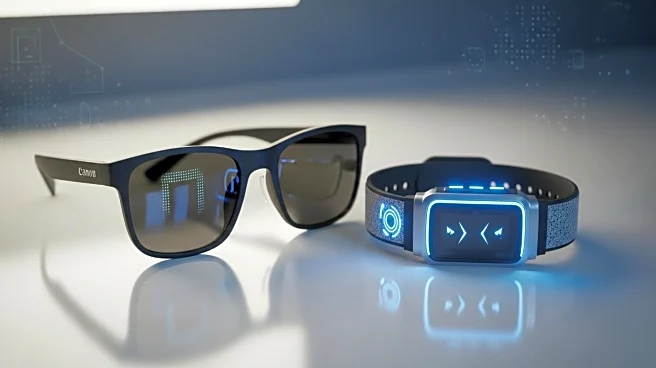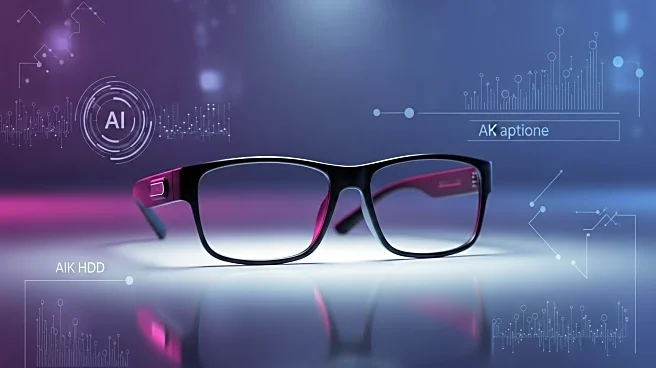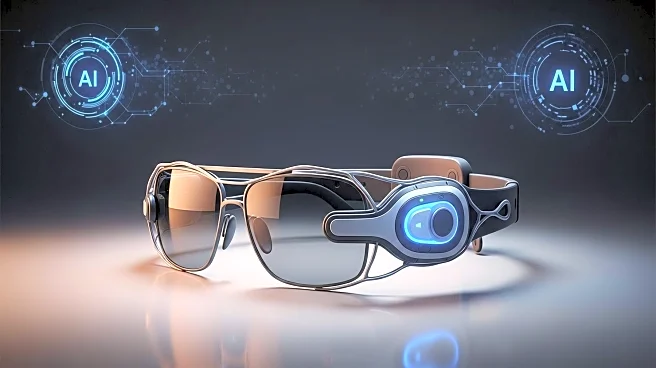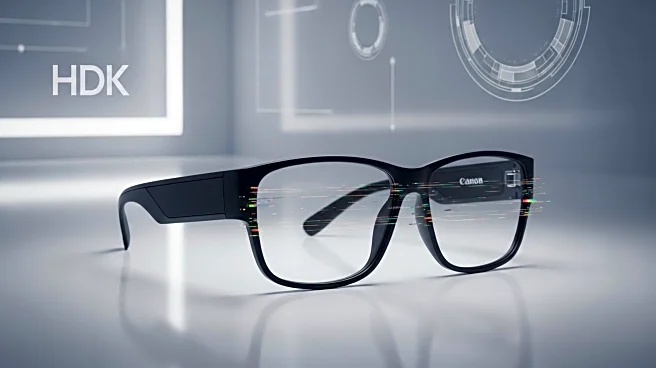What is the story about?
What's Happening?
Meta has released the second generation of its Ray-Ban smart glasses, priced at $379. The new model offers twice the battery life and improved camera capabilities, including higher-resolution video recording. The glasses also feature AI upgrades, such as additional live translation languages and a Conversation Focus mode that filters background noise during conversations. The design remains similar to previous models, but with enhancements aimed at improving user experience. The glasses are part of a broader lineup, including Oakley Vanguard sports glasses and Ray-Ban Display Glasses with built-in displays.
Why It's Important?
The improvements in battery life and camera quality address common user concerns, making the smart glasses more practical for everyday use. The AI features, particularly the Conversation Focus mode, enhance the glasses' functionality as assistive tools, potentially benefiting users with hearing impairments. The introduction of new models and features reflects Meta's commitment to expanding its presence in the wearable tech market. As competition in the smart glasses sector intensifies, these advancements could influence consumer preferences and drive further innovation.
What's Next?
Meta's smart glasses are set to receive additional features, including new video shooting modes and expanded language support for live translation. The company is also exploring partnerships with other tech firms, such as Google's upcoming collaborations, which could lead to more diverse offerings in the smart glasses market. As Meta continues to refine its products, user feedback and reviews will play a crucial role in shaping future developments.
Beyond the Headlines
The integration of AI-driven features in smart glasses raises questions about data privacy and the ethical use of technology. As these devices become more capable of processing and analyzing personal data, concerns about user consent and data security are likely to grow. The potential for smart glasses to serve as assistive devices highlights the importance of inclusive design and accessibility in tech development.
AI Generated Content
Do you find this article useful?













